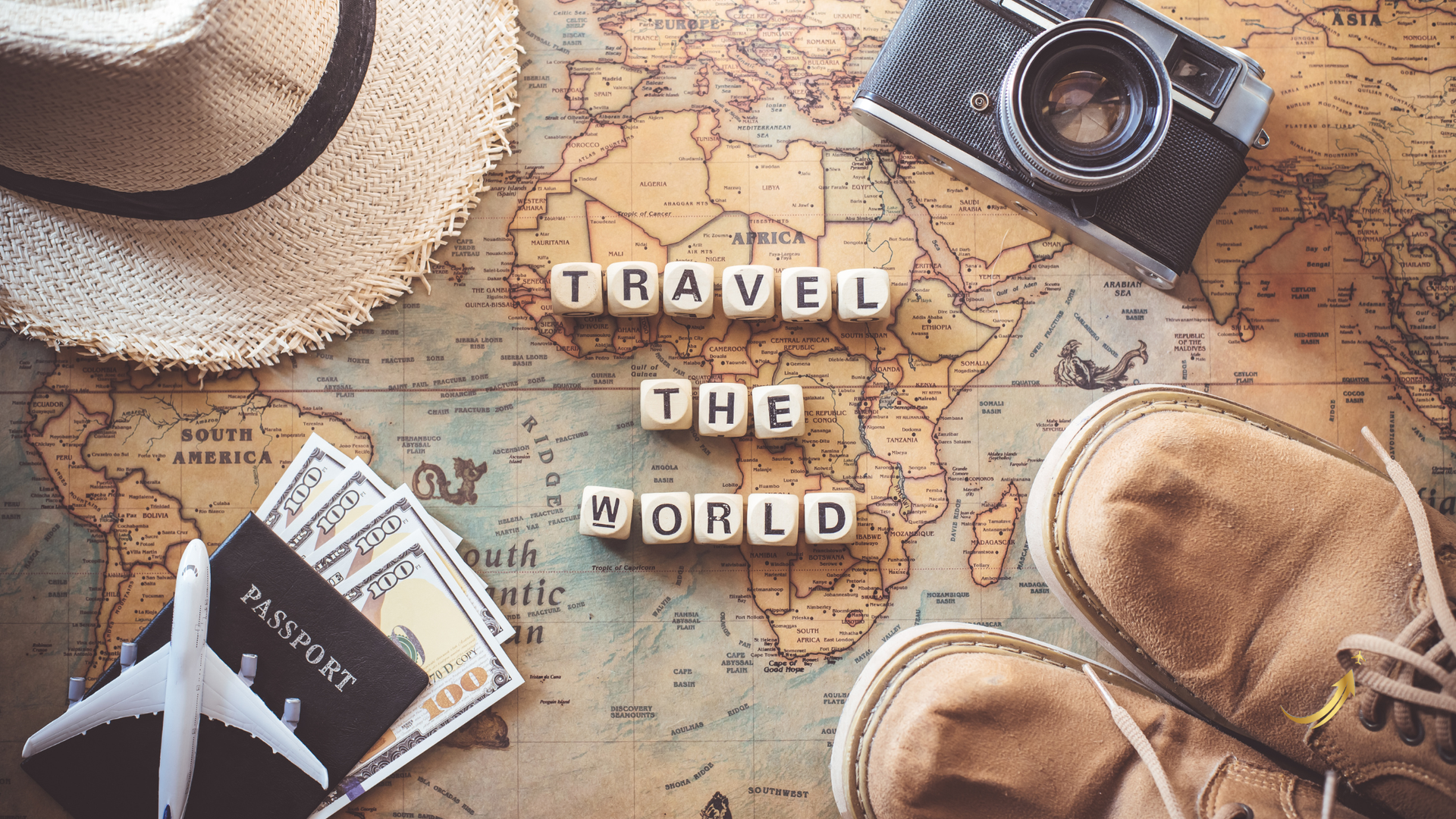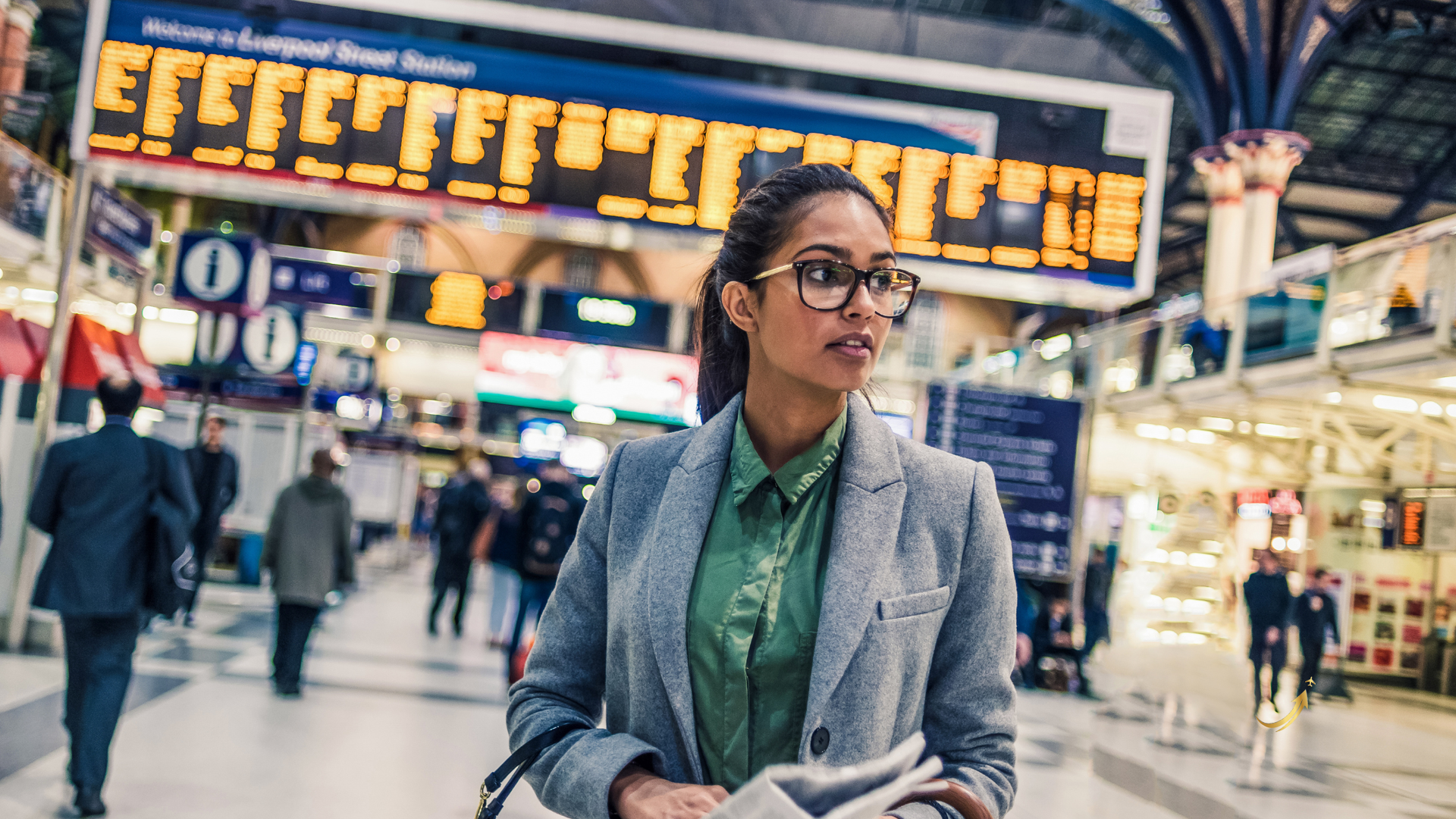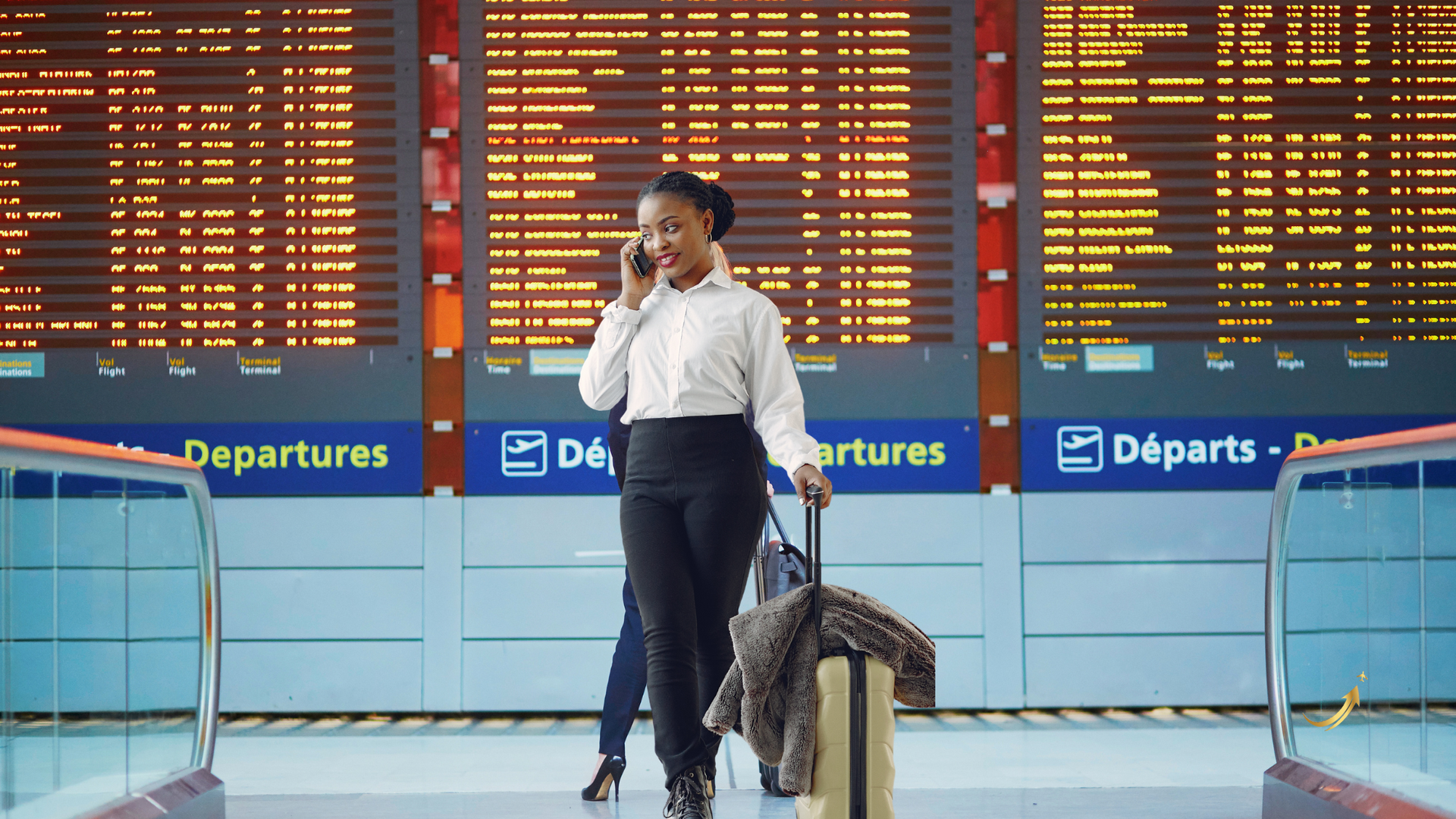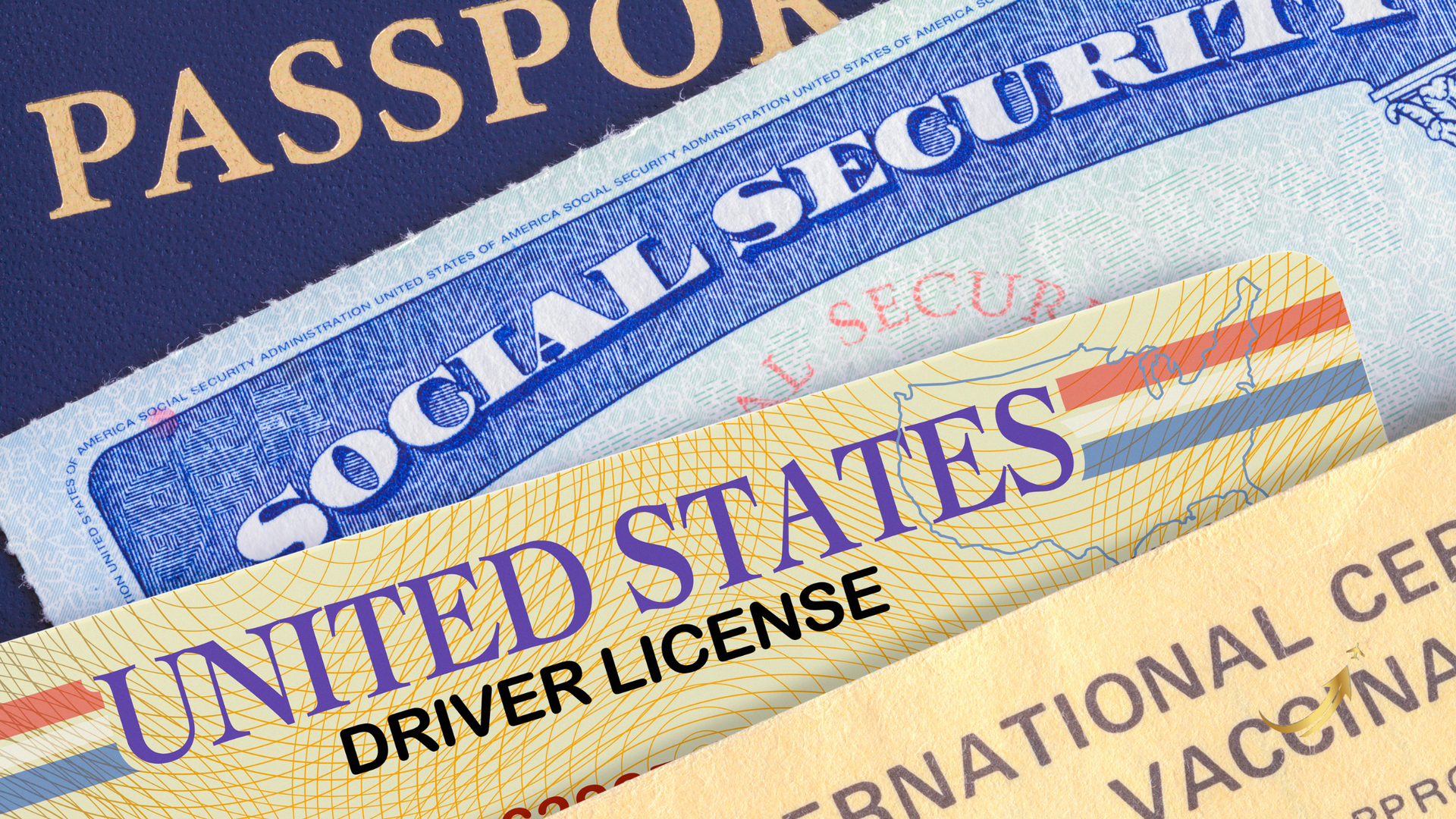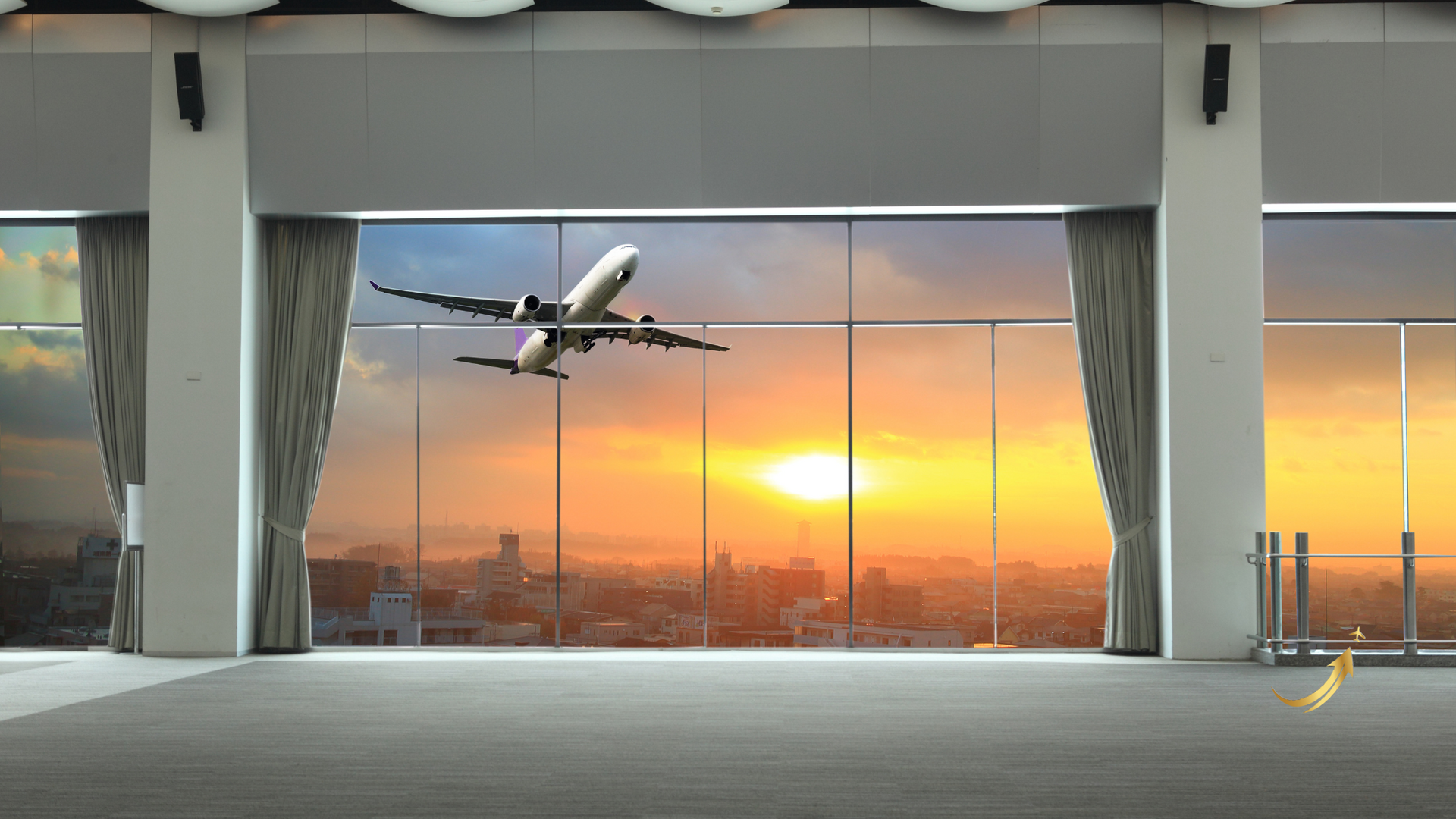How Safe Do You Feel Traveling During the Coronavirus Pandemic?
Everyone who loves to explore the world has this pressing question on their minds. When will it be safe to travel again?
If you’re currently battling a serious case of wanderlust, you’re not alone. We are all dreaming of getting back out and exploring the world safely again.
With the current coronavirus pandemic ongoing, it’s hard to keep up to date with the constantly changing restrictions. We are all encouraged by the wide distribution of the Covid-19 vaccine, but we understand that it will take time for widespread immunity to be achieved.
The CDC has also issued new guidelines and says that domestic travel is safe if you have been fully vaccinated so this may help you feel optimistic about traveling again.
Certain destinations have opened to tourism and many people have decided to start small by taking road trips, flying to domestic locations, or visiting national parks where there is a lot of social distancing.
But many people are still skeptical. If you are ready to board a plane again you may be asking just how safe is air travel during the pandemic? Is it safe to fly right now during Covid-19?
Here are some thoughts from the experts about the risks of flying during Covid-19, boarding the airplane, entering the airport, precautions you should take to mitigate risk, and whether it is safe to fly at all during this stage of the pandemic.
What are the risks of flying during Covid-19?
Most air travel, apart from private flights, or public charters require not just the flight itself, but also the full airport experience. This means being in an airport and standing in lots of lines and crowds.
We know that the virus is transmitted directly between people and airports are full of travelers coming and going from various locations around the world. These people-to-people interactions pose the greatest risk because we cannot be sure everyone is using the same precautions.
You may be able to manage your risk of exposure to people in an airport by trying to maintain social distancing when you are entering the airport and during the boarding process. However, it may be a little more difficult on the plane.
Airports are also trying various tactics to minimize contact between people and promote social distancing. For instance, some airports have removed many of the seats at its gates and are using facial recognition technology to bypass various points of human contact prior to boarding.
Have you thought about the risks of getting Covid-19 on an airplane?
Airplanes are known to filter air quickly and effectively. Airplane travel has many built-in safety features that are well suited to the age of the novel coronavirus.
When customers sit facing forward and not toward each other, the seat backs provide a barrier, and the limited movement of passengers once seated adds to the onboard protection. Also, airflow is less conducive to droplet spread than other indoor environments: flow rates are high, directed in a controlled manner (from ceiling to floor), to limit mixing, and the use of high efficiency air filters ensures that the air supply is pure.
But while these features may help reduce risk, it does not change the fact that you are still flying in a confined space for a significant period of time. While the planes' airflow and filtration systems are effective, they can't do everything to prevent spread between passengers, even those who may be asymptomatic.
Covid-19 transmits by droplets in the air and while the systems refresh the air in the cabin about every 90 seconds, air will mix, and tumble and it only takes a droplet in the air from a passenger's cough, speech, or sneeze to reach your personal space. You are still in a closed space and the longer the flight the greater the risk.
What tips can we follow for flying during Covid-19?
We all know that the virus spreads primarily through direct person-to-person contact, so inanimate objects are much less of a concern.
It's the proximity to people that causes the problem, so this is the best time to wear your mask. If you have an N95 mask, that would be ideal. Make sure you bring your own wipes and wipe down your tray tables, all your audio, TV remote knobs, and everything around you that you may touch. This includes sanitizing the seat, armrests, headrests, and sidewalls if you have a window seat.
Make sure you are up to date with your routine vaccinations, wash your hands often or use an alcohol-based hand sanitizer, stay away from people who are visibly sick, and avoid touching your eyes, nose, and mouth.
It is "generally safe" to use the airplane's bathroom if you socially distance as much as possible from other passengers when waiting in line. Try to avoid directly touching the door, bathroom faucet, the slider to lock the lavatory, and the handle to flush the toilet.
Consider that eating and drinking on planes may be another transmission trigger. Airlines are beginning to reintroduce food and drink service, so proceed with caution and limit the amount of time your mask is off.
How are airlines dealing with Covid-19?
Many airlines previously announced a mix of new policies designed to reduce the risk of virus to reassure would-be travelers. The government also issued a national mask mandate earlier this year requiring face masks in airports and on planes.
Airport staff and passengers must wear masks, and hand sanitizer dispensers are plentiful, the public areas are being frequently disinfected and physical distancing measures are in place where practical.
Some airports conduct passenger temperature checks using thermal cameras. Of course, much has been made of the novel coronavirus' ability to transmit through asymptomatic passengers, who would not be detected in such a screening.
Is flying safe if I've been vaccinated?
The first key factor here is that you've been fully vaccinated. According to the CDC, you need to wait at least two weeks after receiving your final dose to be considered fully vaccinated.
If you are fully vaccinated, the CDC says it is safe to travel within the US. The European Union also announced it will be open to fully vaccinated travelers, but this information is constantly changing.
Experts agree that the vaccine offers an extraordinary degree of protection against Covid-19 and if you do get infected you will most likely have a very mild case. So, although the vaccines are particularly good at preventing transmission to others, there is still a small chance you could be infectious even if vaccinated.
While traveling you still need to wear a mask on planes and when in public areas like airports, even after getting vaccinated. The vaccines are exceptionally good, but they're not perfect and there is still a chance that you can transmit or get the disease.
The Bottom Line: Is it safe to fly?
The risk of transmitting Covid-19 from passenger-to-passenger onboard an airplane is extremely low, however it is not without risk. “Safe” is a relative term and there is an inherent risk in flying especially on longer flights.
While flying you may be flying out an area where everything looks good, but you don’t know who on the plane, where they have been and what their state is. Even though your mask will give you a certain degree of protection, there will still be some risk particularly if you are on a long-crowded flight.
Final Thoughts
Whether or not to fly remains an individual choice. The answer is complicated, full of caveats, and a personal decision and should be made after you are fully vaccinated and have considered the risk-versus-reward ratio.
If you have enjoyed this blog, feel free to visit our website or contact Colesville Travel at 301-989-1654 to book your trip trip.
In the meantime,
Stay inspired,
Cindy
Blog

